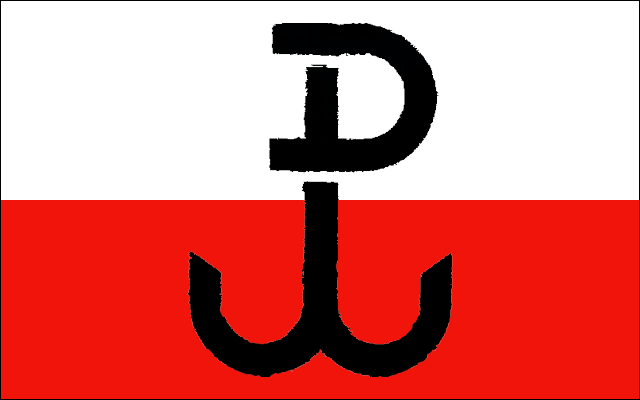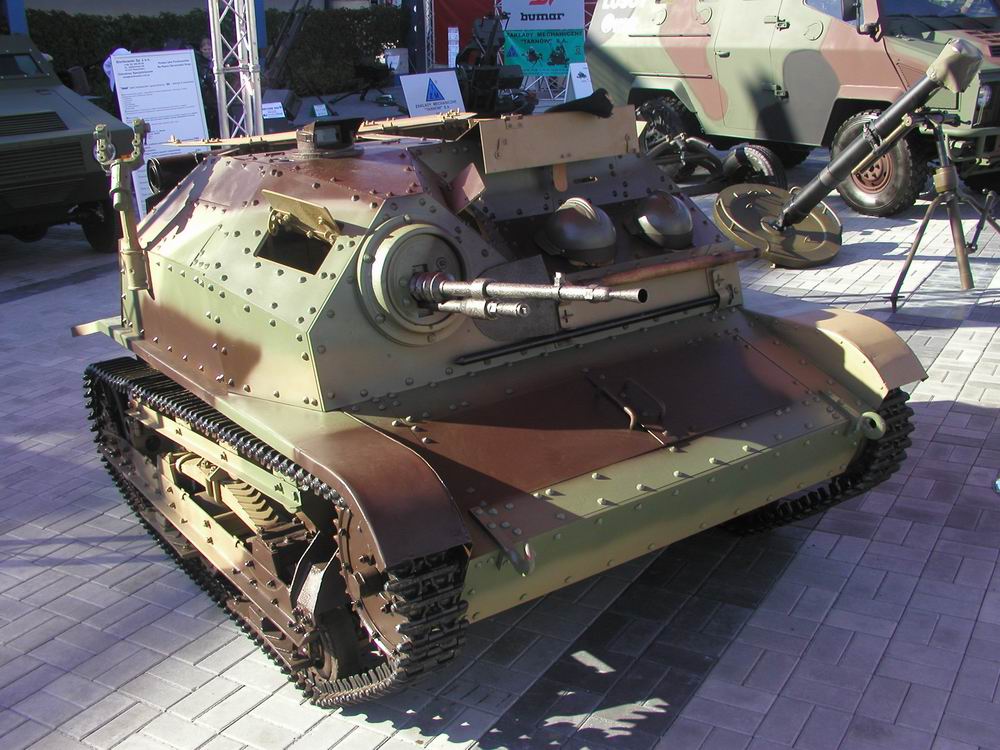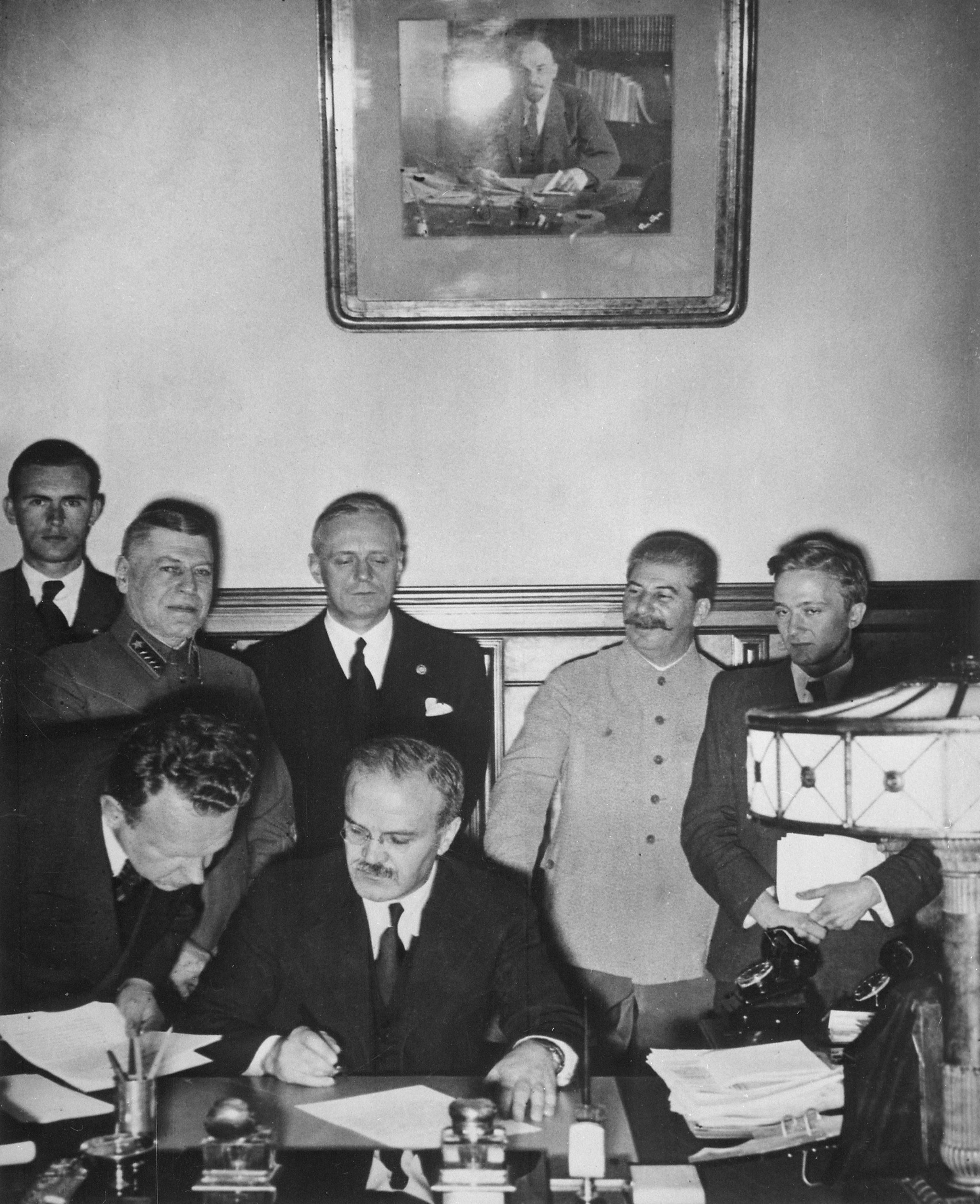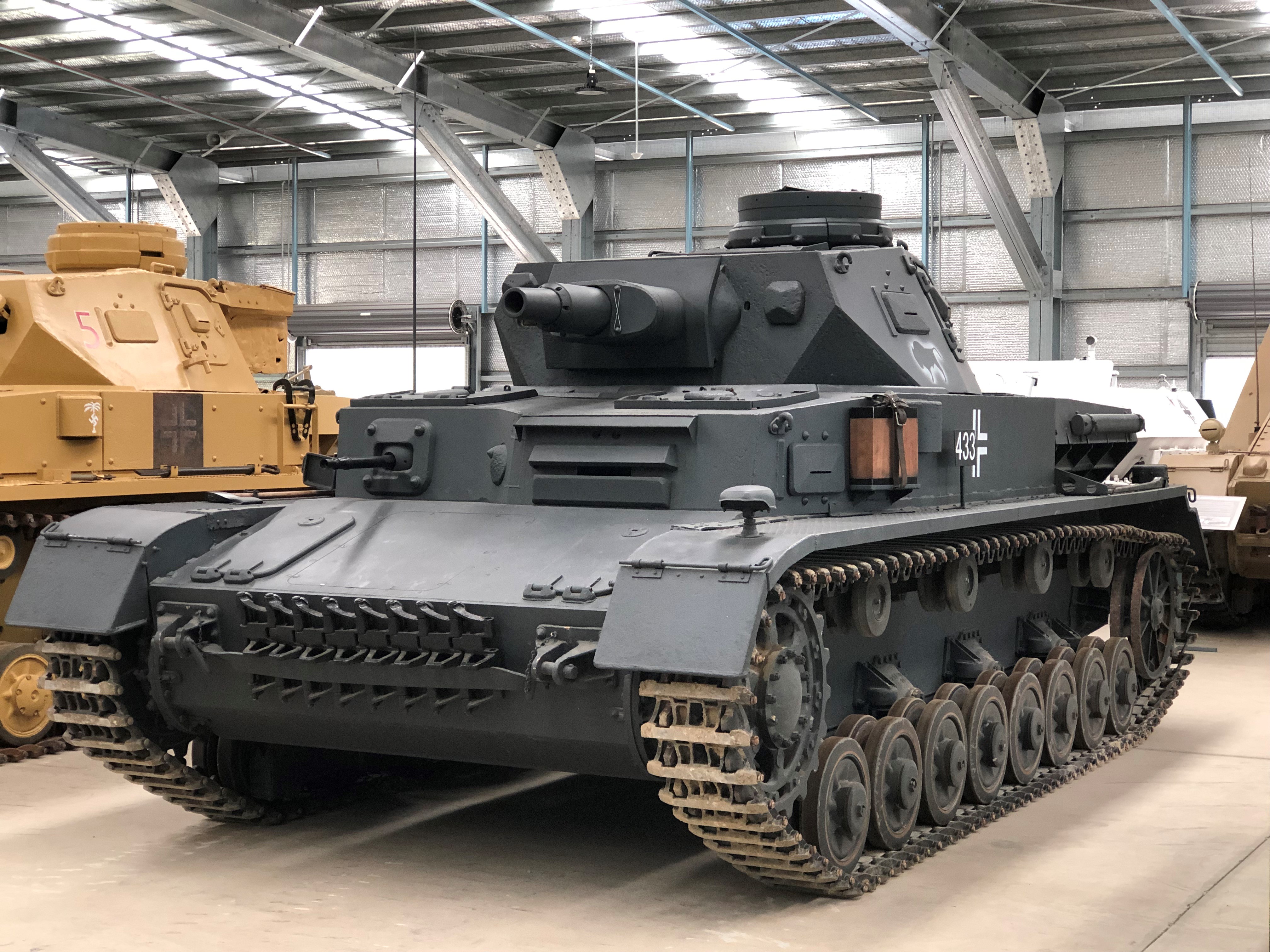|
TKS
The TK (TK-3) and TKS were Poland, Polish tankettes developed during the 1930s and used in the Second World War. Design and development The TK (also known as the TK-3) tankette was a Polish design produced from 1931 based on the chassis of the British Carden Loyd tankette, with an improved hull and more powerful engine, and vehicle armour, armour up to thick ( on the TKS). In 1939, up-arming of the tankettes with nkm wz. 38 FK autocannons began, but only 24 of these were completed before the outbreak of World War II. On 6 November 1934 Estonia purchased 6 vehicles from Poland, with the contract deal worth over 180,000 Estonian kroon, krones. The deal also included one additional tracked-lorry, and a motorcycle was given free as a bonus. After the Soviet Union Soviet occupation of the Baltic states (1940), occupied Estonia, these vehicles were put into service with the Red Army. Combat history 575 TK/TKS tankettes formed the bulk of the Polish armoured forces before the outbr ... [...More Info...] [...Related Items...] OR: [Wikipedia] [Google] [Baidu] |
Edmund Roman Orlik
Edmund Roman Orlik (26 January 1918 – 8 April 1982) was a Polish people, Polish architect, and World War II tank commander. During the Invasion of Poland by Nazi Germany in September 1939 he claimed to have destroyed ten German tanks, including one Panzer IV#Ausf. A to Ausf. F1, Panzer IV Ausf. B, the largest tank then fielded by Germany, with a 2.6 tonne TKS tankette armed with a Nkm wz.38 FK, 20mm autocannon.Janusz Magnuski: Karaluchy przeciw panzerom. Warszawa: Pelta, 1995. . Early life Orlik was born on 26 January 1918. After graduating high school he volunteered for military service and completed his training in Armoured Warfare Training Centre (Centrum Wyszkolenia Broni Pancernych) in Modlin (Nowy Dwór Mazowiecki), Modlin in 1937. Then he began to study Architecture at the Warsaw University of Technology, Warsaw Polytechnic.Janusz Magnuski: ''Orlik uderza pierwszy'' in: "Za Wolność i Lud" nr 20/1978, p.15 World War II In August 1939 he was mobilized and took part in ... [...More Info...] [...Related Items...] OR: [Wikipedia] [Google] [Baidu] |
Tankette
A tankette is a tracked armoured fighting vehicle that resembles a small tank, roughly the size of a car. It is mainly intended for light infantry support and scouting.T-27 Tankette (from the 'battlefield.ru' website, with further references cited. Accessed 2008-02-21.) Colloquially it may also simply mean a small tank. Several countries built tankettes between the 1920s and 1940s, and some saw limited combat in the early phases of . The vulnerability of their light armour, however, eventually led armies to abandon the concept with some exceptions such as the more modern German Wiesel (Weasel) series.
|
Carden Loyd Tankette
The Carden Loyd tankettes were a series of British tankettes of the period between the World Wars, the most successful of which was the Mark VI, the only version built in significant numbers. It became a classic tankette design worldwide, was licence-built by several countries and became the basis of several designs produced in various countries. Development The Carden Loyd tankette came about from an idea started, as a private project, by the British military engineer and tank strategist Major Giffard LeQuesne Martel. He built a one-man tank in his garage from various parts and showed it to the War Office in the mid-1920s. With the publication of the idea, other companies produced their own interpretations of the idea. One of these was ''Carden-Loyd Tractors Ltd'', a firm founded by Sir John Carden and Vivian Loyd and later purchased by Vickers-Armstrongs. Besides one-man vehicles they also proposed two-man vehicles which turned out to be a more effective and popular idea. V ... [...More Info...] [...Related Items...] OR: [Wikipedia] [Google] [Baidu] |
Panzer I
The Panzer I was a light tank produced by Nazi Germany in the 1930s. Its name is short for ( German for " armored fighting vehicle mark I"), abbreviated as . The tank's official German ordnance inventory designation was '' Sd.Kfz. 101'' ("special purpose vehicle 101"). Design of the Panzer I began in 1932 and mass production began in 1934. Intended only as a training tank to introduce the concept of armored warfare to the German Army, the Panzer I saw combat in Spain during the Spanish Civil War, in Poland, France, the Soviet Union and North Africa during the Second World War, and in China during the Second Sino-Japanese War. Experiences with the Panzer I during the Spanish Civil War helped shape the German Panzerwaffe's invasion of Poland in 1939 and France in 1940. By 1941, the Panzer I chassis design was used as the basis of tank destroyers and assault guns. There were attempts to upgrade the Panzer I throughout its service history, includin ... [...More Info...] [...Related Items...] OR: [Wikipedia] [Google] [Baidu] |
Invasion Of Poland
The invasion of Poland, also known as the September Campaign, Polish Campaign, and Polish Defensive War of 1939 (1 September – 6 October 1939), was a joint attack on the Second Polish Republic, Republic of Poland by Nazi Germany, the Slovak Republic (1939–1945), Slovak Republic, and the Soviet Union, which marked the beginning of World War II. The German invasion began on 1 September 1939, one week after the signing of the Molotov–Ribbentrop Pact between Germany and the Soviet Union, and one day after the Supreme Soviet of the Soviet Union had approved the pact. The Soviet invasion of Poland, Soviets invaded Poland on 17 September. The campaign ended on 6 October with Germany and the Soviet Union dividing and annexing the whole of Poland under the terms of the German–Soviet Frontier Treaty. The aim of the invasion was to disestablish Poland as a sovereign country, with its citizens destined for The Holocaust, extermination. German and Field Army Bernolák, Slovak forces ... [...More Info...] [...Related Items...] OR: [Wikipedia] [Google] [Baidu] |
Second Standard-bearer
The second (symbol: s) is a unit of time derived from the division of the day first into 24 hours, then to 60 minutes, and finally to 60 seconds each (24 × 60 × 60 = 86400). The current and formal definition in the International System of Units (SI) is more precise: The second ..is defined by taking the fixed numerical value of the caesium frequency, Δ''ν''Cs, the unperturbed ground-state hyperfine transition frequency of the caesium 133 atom, to be when expressed in the unit Hz, which is equal to s−1. This current definition was adopted in 1967 when it became feasible to define the second based on fundamental properties of nature with caesium clocks. As the speed of Earth's rotation varies and is slowing ever so slightly, a leap second is added at irregular intervals to civil time to keep clocks in sync with Earth's rotation. The definition that is based on of a rotation of the earth is still used by the Universal Time 1 (UT1) system. Etymology "Minute" comes ... [...More Info...] [...Related Items...] OR: [Wikipedia] [Google] [Baidu] |
Panzer 35(t)
The Panzerkampfwagen 35(t), commonly shortened to Panzer 35(t) or abbreviated as Pz.Kpfw. 35(t), was a Czechoslovakia, Czechoslovak-designed light tank used mainly by Nazi Germany during World War II. The letter (t) stood for ''tschechisch'' (German for "Czech"). In Czechoslovak service, it had the formal designation Lehký tank vzor 35 (Light Tank Model 35), but was commonly referred to as the LT vz. 35 or LT-35. A total of 434 were built; of these, the Germans seized 244 when they German occupation of Czechoslovakia, occupied Bohemia-Moravia in March 1939 and the Slovak Republic (1939–1945), Slovaks acquired 52 when they declared independence from Czechoslovakia at the same time. Others were exported to Kingdom of Bulgaria, Bulgaria and Kingdom of Romania, Romania. In German service, it saw combat during the early years of World War II, notably the invasion of Poland, the Battle of France and Operation Barbarossa, the invasion of the Soviet Union before being retired or sold ... [...More Info...] [...Related Items...] OR: [Wikipedia] [Google] [Baidu] |
Second Polish Republic
The Second Polish Republic, at the time officially known as the Republic of Poland, was a country in Central and Eastern Europe that existed between 7 October 1918 and 6 October 1939. The state was established in the final stage of World War I. The Second Republic was taken over in 1939, after it was invaded by Nazi Germany, the Soviet Union, and the Slovak Republic, marking the beginning of the European theatre of the Second World War. The Polish government-in-exile was established in Paris and later London after the fall of France in 1940. When, after several regional conflicts, most importantly the victorious Polish-Soviet war, the borders of the state were finalized in 1922, Poland's neighbours were Czechoslovakia, Germany, the Free City of Danzig, Lithuania, Latvia, Romania, and the Soviet Union. It had access to the Baltic Sea via a short strip of coastline known as the Polish Corridor on either side of the city of Gdynia. Between March and August 1939, Poland a ... [...More Info...] [...Related Items...] OR: [Wikipedia] [Google] [Baidu] |
Panzer IV
The IV (Pz.Kpfw. IV), commonly known as the Panzer IV, is a German medium tank developed in the late 1930s and used extensively during the Second World War. Its ordnance inventory designation was Sd.Kfz. 161. The Panzer IV was the most numerous German tank and the second-most numerous German fully tracked armoured fighting vehicle of the Second World War; 8,553 Panzer IVs of all versions were built during World War II, only exceeded by the StuG III assault gun with 10,086 vehicles. Its chassis was also used as the base for many other fighting vehicles, including the assault gun, the self-propelled anti-tank gun, the and self-propelled anti-aircraft gun, and the self-propelled gun. The Panzer IV saw service in all combat theatres involving Germany and was the only German tank to remain in continuous production throughout the war. The Panzer IV was originally designed for infantry support, while the similar Panzer III was to fight armoured fighting vehicles. However, ... [...More Info...] [...Related Items...] OR: [Wikipedia] [Google] [Baidu] |
Independent State Of Croatia
The Independent State of Croatia (, NDH) was a World War II–era puppet state of Nazi Germany and Fascist Italy (1922–1943), Fascist Italy. It was established in parts of Axis occupation of Yugoslavia, occupied Yugoslavia on 10 April 1941, after invasion of Yugoslavia, the invasion by the Axis powers. Its territory consisted mostly of modern-day Croatia and Bosnia and Herzegovina, as well as some parts of modern-day Serbia and Slovenia, but also excluded many Croats, Croat-populated areas in Dalmatia (until late 1943), Istria, and Međimurje (region), Međimurje regions (which today are part of Croatia). During its entire existence, the NDH was governed as a one-party state by the Fascism, fascist Ustaše organization. The Ustaše was led by the ''Poglavnik'' Ante Pavelić."''Poglavnik''" was coined by the Ustaše and originally a title for the movement's leader. In 1941 it was institutionalized in the NDH as the title of first the Prime Minister (1941–1943), and then the ... [...More Info...] [...Related Items...] OR: [Wikipedia] [Google] [Baidu] |







